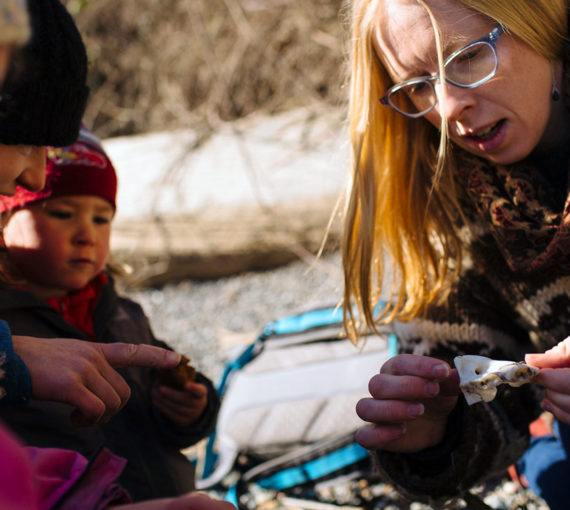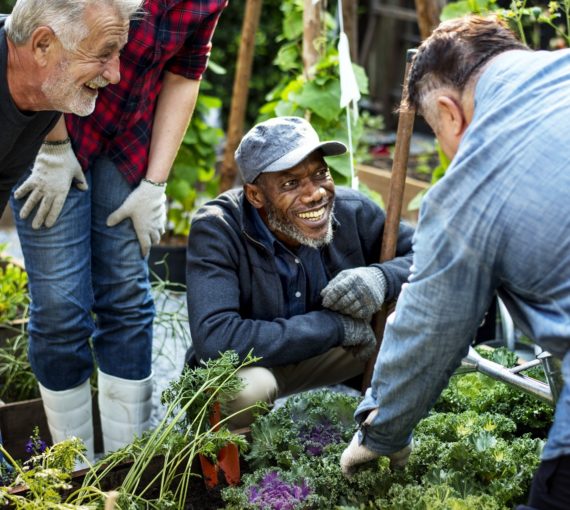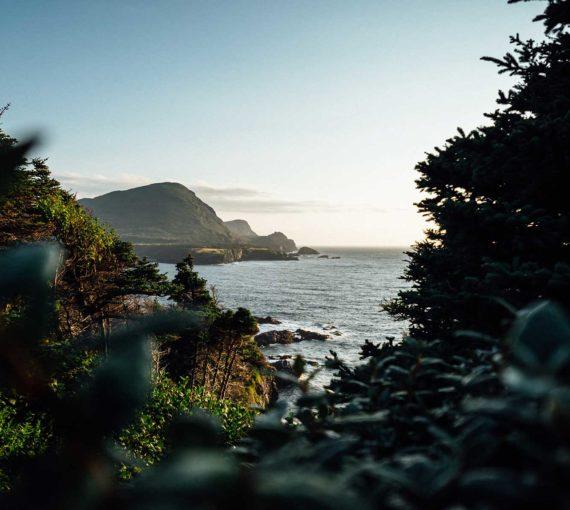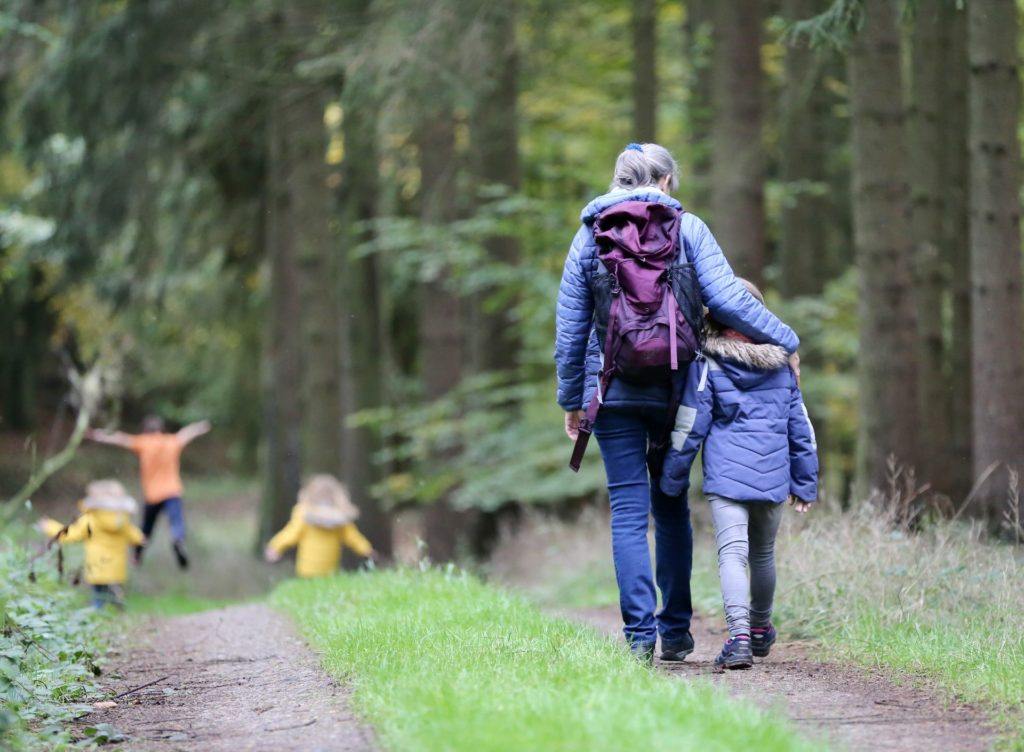
Try to foster positive experiences in nature. These don’t have to be big wilderness trips — you can start close to home, exploring nearby nature. (Photo: Juliane Liebermann via Unsplash)
If you care about the planet and the people living on it, chances are you feel or have felt some fear about the future. Over the past few years, “eco-anxiety” — the chronic fear of environmental doom — has become a household term for many of us. More and more, public health experts are recognizing the toll that eco-anxiety takes on mental health, especially that of young people.
In 2021, the Lancet published the first large-scale investigation of climate anxiety in kids. Researchers surveyed 10,000 youth aged 16 to 25 in 10 countries and found that in all those countries, young people’s daily lives were affected by climate anxiety and other distressing emotions and thoughts about the issue.
Climate change isn’t going away, which means adults (including parents, grandparents, teachers, aunts, uncles, siblings and friends) need to find new and better ways to support young people by talking to them and teaching them about it in age-appropriate ways.
It might not be easy — climate conversations often aren’t. So here are some tips to help you.

Start by listening
If a young person in your life brings up the topic of climate change, start by finding out what they know about it. Ask questions and listen to what they have to say. Older kids might know a lot — possibly more than you think. Younger kids might not be as informed, and they might not be ready for an in-depth conversation about the climate. That’s okay — you don’t have to initiate the conversation if they don’t bring it up. Focus instead on nurturing a love of nature and the planet by spending time outside.
If you’re not confident in your own knowledge, you can check out these quick primers on the climate crisis and greenhouse gas emissions.
Find appropriate entrees into the conversation
Tara Beck is an environmental and experiential educator, a founder of Edmonton Forest School Society and a parent. Her approach to climate conversations differs depending on her role. When she’s wearing her educator hat, she looks for opportunities to connect climate change with a topic the learner cares about. “I always come back to, why would you be inclined to act if you aren’t connected to what you are acting for?” she says.
But as a parent, she applies more of a narration approach. “As I make choices that could affect the climate, I talk it out. I also try to share pictures and news stories with my kids (or maybe it’s more that I try not to hide those things from them). Sometimes they say, ‘Can we stop talking about this?’ and that’s how I know they’re getting overwhelmed or bored. Either way, I always respect those wishes and wait for the next moment of readiness to continue the conversation.”
It can be helpful to end the conversation on a calm and positive note, perhaps focusing on what you’re doing together to help the planet.

Get outside in nature
This is especially crucial for young children, but it’s important for youth (and people in general) of all ages. According to a 2017 study from the University of British Columbia, children who spend time in nature are more likely to want to protect it later in life. As a bonus, time in nature has been shown to improve kids’ cognitive capacities and attention spans while lowering stress levels.
Try to foster positive experiences in nature. These don’t have to be big wilderness trips — you can start close to home, exploring nearby nature. Learn the names of local birds, insects and plants. Look for animal tracks in a local park. Take up a regular sit spot practice.
For more ideas, check out this list of things to do with kids in nature.
Don’t shy away from hard feelings
When Monica Figueroa, a Foundation gaptivist and third-year university student, used to talk to the adults in her life about climate change, she’d grow frustrated by their impulse to ignore hard feelings and focus on solutions.
“In my family, there was a tendency to minimize my feelings of despair and anxiety,” she recalls. “I find it very harmful when there’s no space to be angry and sad. If we can’t sit with the notion of things being bad, the way we end up dealing with climate reality is by ignoring it. Sitting in that place of sadness and grief for everything that’s been lost is important for building resiliency.”
Our Kids Climate, an international organization that protects kids from the climate crisis, supports this idea. In their guide to help parents talk to kids about climate, they caution adults to “resist the temptation to jump straight from the problem to the solutions without giving young people time to reflect. Young people need to be aware that they will grow up in a climate-changed world, and they have the right to have the right tools — emotionally, practically and educationally — to engage fully with their future.”
Resist the temptation to jump straight from the problem to the solutions without giving young people time to reflect.
Our Kids Climate
Read and talk about solutions
The fact is, we know what’s causing climate change and we have the solutions to resolve it (what we really need is political will). Millions of people are developing and refining ways to reduce greenhouse gas emissions. Take some time to learn about climate solutions and the people making them happen.
Adults aren’t the only ones working on solutions! As climate scientists Katharine Hayhoe and Rosimar Rios-Berrios remind us, “There are kids winning science fairs for designing new ways to get energy from the sun, the wind, the tides and even algae. Kids are participating in climate strikes and suing the US and Canadian federal governments for the right to their future. Young people on social media are sharing solutions, like reducing waste and planting trees. They’re partnering with their schools, cities and local organizations to encourage change at every level. Kids’ voices and actions are already incredibly effective.”
Many kids find inspiration in the youth activists leading the climate movement worldwide, from Autumn Peltier and Xiuhtexcatl Martinez to Leah Namugerwa and, of course, Greta Thunberg.
That said, while it can be empowering to learn about kids’ actions, we don’t want to make young people feel like it’s up to them to fix the issues that previous generations created. Experts advise against framing it as a problem for the next generation to solve. Instead, frame it as a challenge that we all need to work on together.
Remember: We know how to solve climate change — what we need is for our political leaders to set ambitious targets and follow through with well-resourced plans to reduce our emissions.
Find inspiration, take action and learn together
Show the kids in your life what you’re doing to help the climate crisis, whether it’s taking transit to work, shopping at thrift stores instead of buying new stuff, showing up to demonstrations or speaking to your local council. Remember: We know how to solve climate change — what we need is for our political leaders to set ambitious targets and follow through with well-resourced plans to reduce our emissions, so we can avoid the worst impacts of a warming world.
Brainstorm actions and activities you can do together, like joining a local community science group, download our Lessons from Nature posters and worksheets for your home, school or community, or conducting a home energy audit to find out how you can save energy (and money) at home.

Lessons from Nature
With climate change increasingly affecting young people’s mental health, it’s important for kids to feel supported. That’s why we created this bright and colourful poster and activity to help guide your conversations.
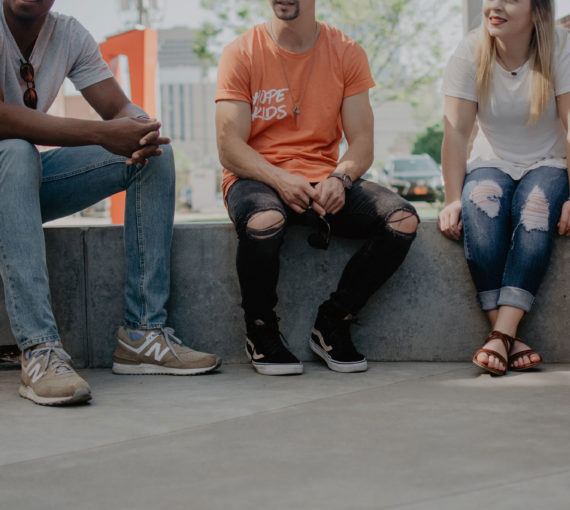
Have more climate conversations
Do you talk about climate change with the adults in your life? Your friends, family and colleagues?
If the answer is no and the thought makes you uncomfortable, you’re not alone. According to Talk Climate to Me, people over 30 didn’t learn about climate change in school, and many feel they don’t have the language or knowledge to talk about it, even to people they’re close to.
That’s okay. Wherever you are, you can get used to talking about climate change. The more you do it, the more natural it will feel. (This goes for conversations with kids and adults.) And you might just inspire someone else to have a meaningful conversation.
If you need a refresher on the basics, check out our simple explanations of climate change, greenhouse gas emissions and the top 10 things you can do about climate change. You can also join a Talk Climate to Me course or watch their tutorials on YouTube.
Or make (virtual) friends with our CliMate conversation coach. This fun, simple chatbot on Facebook Messenger will teach you how to move from conflict to understanding.
Know this is an ongoing conversation
This won’t be a one-and-done conversation. As the kids in your life grow, and as climate change evolves, you’ll want to keep talking, reflecting and learning together.
We’ve said it before and we’ll say it again: This isn’t easy. But it’s absolutely worth it. Kids need your support, your attention and your willingness to navigate the hard stuff with them, now more than ever.

